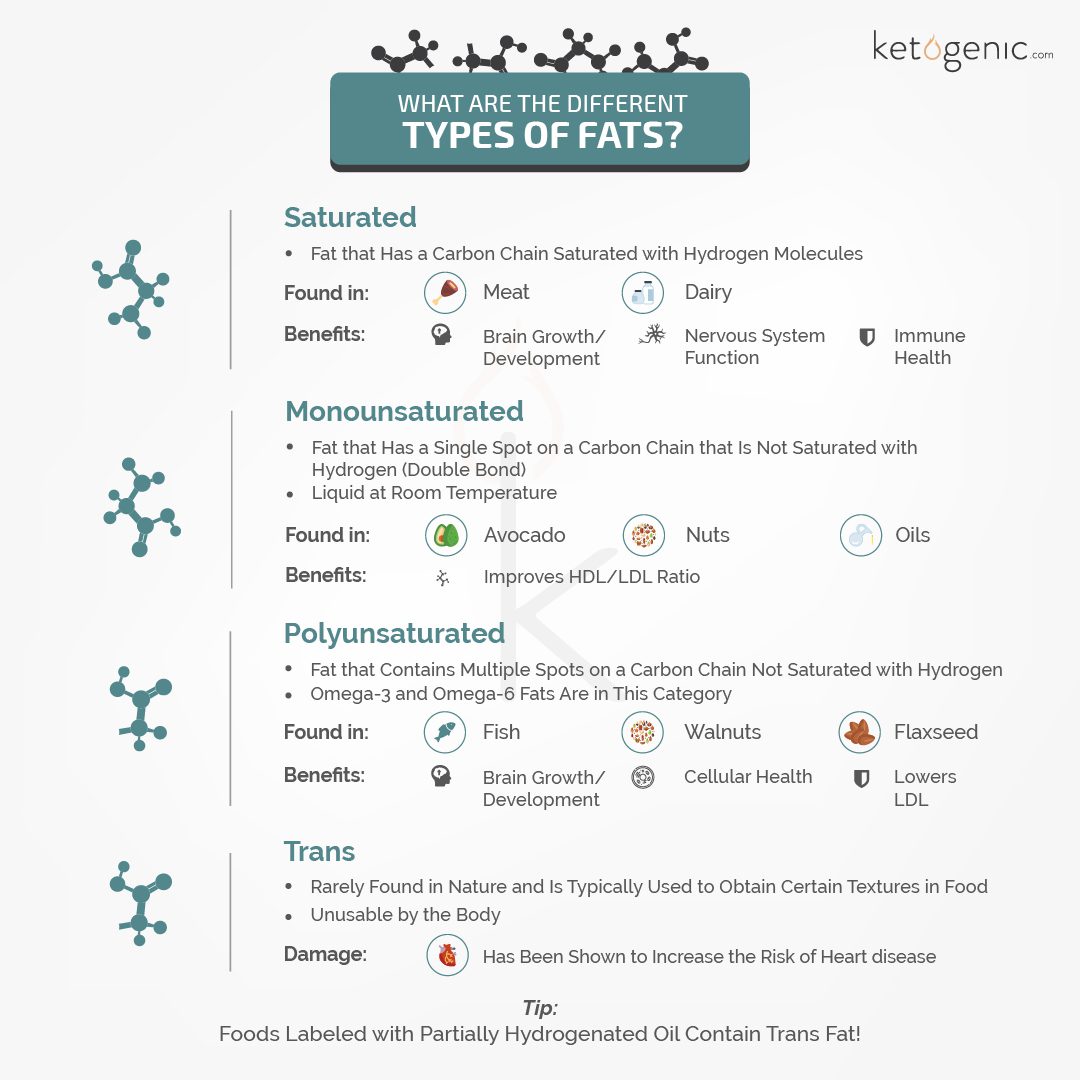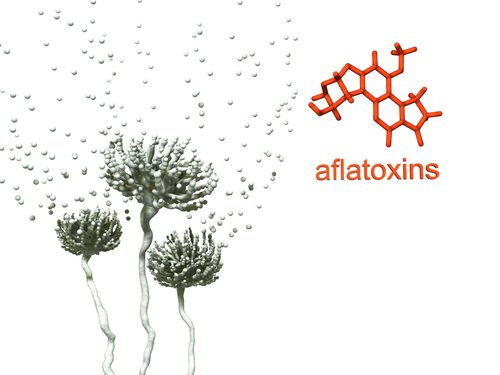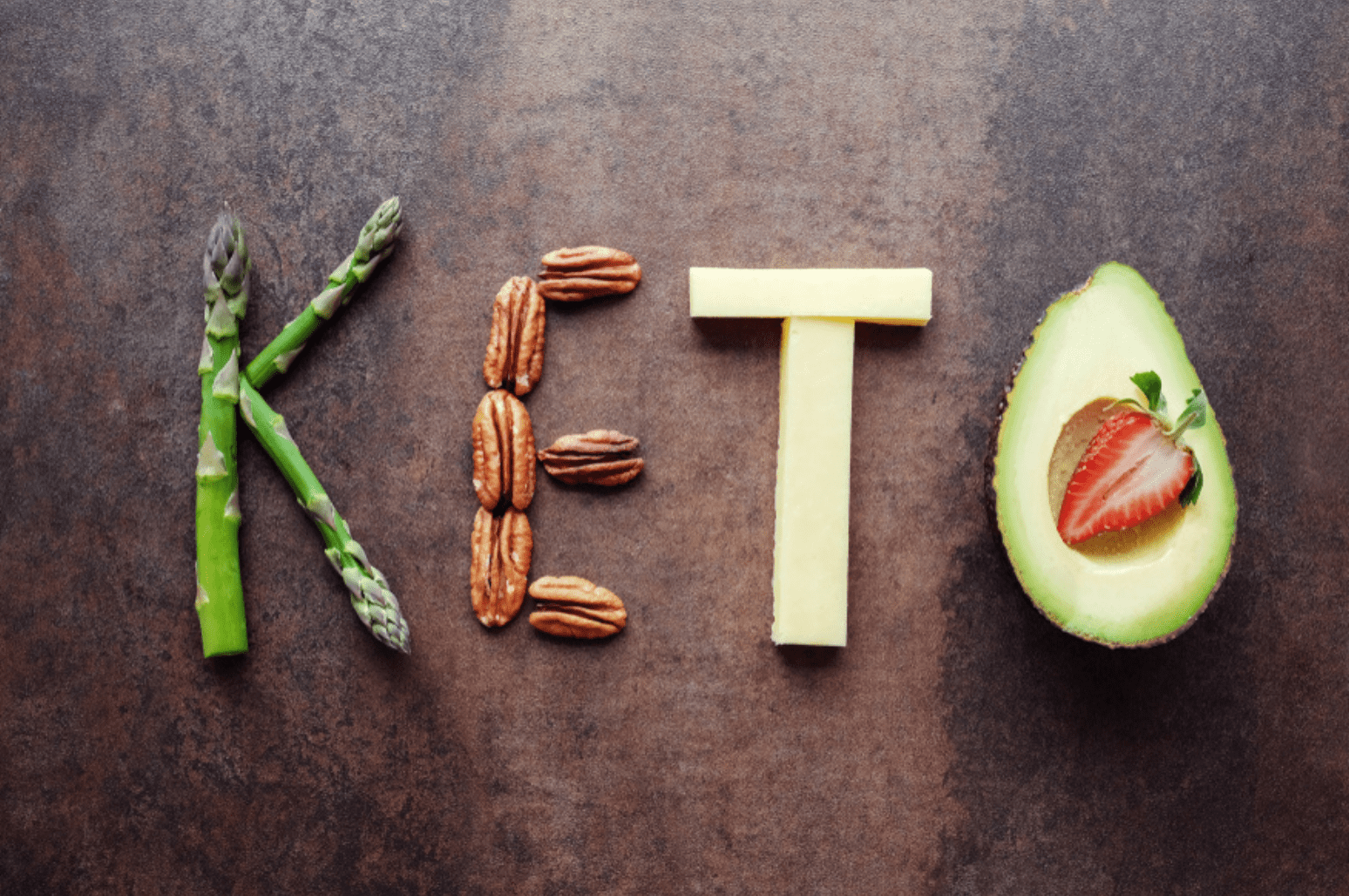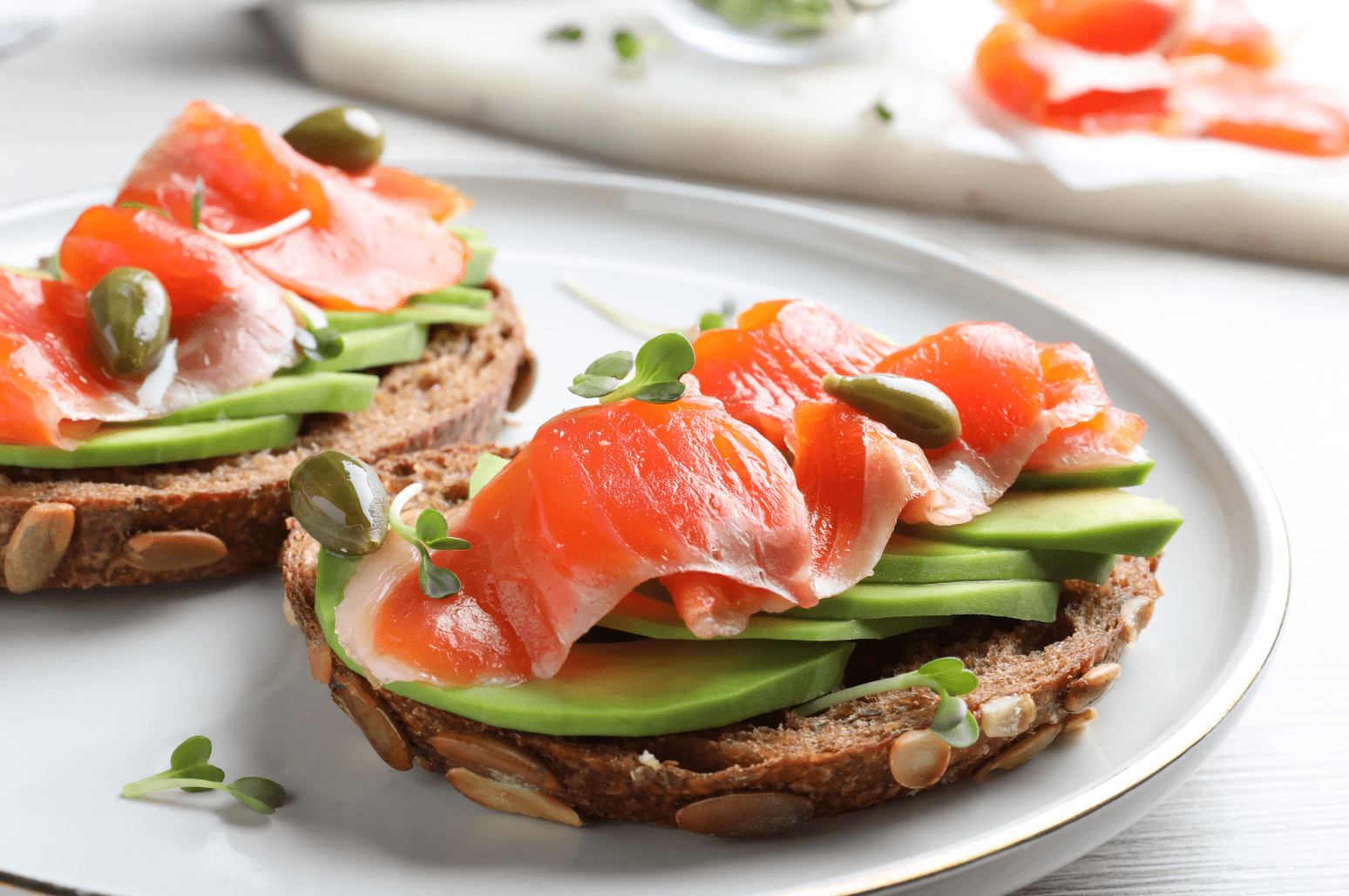
Peanut butter is a creamy delicious treat that can be used as a condiment or eating all on its own. The average jar of peanut butter had added sugar; however, unsweetened peanut butter (just roasted peanuts + salt) is available for purchase. Since peanut butter is packed full of protein and fat, and low in sugar, is it keto? Well, the answer is not as simple as you might think.
Peanut Butter Nutrition Facts
One serving (2 tablespoons) of unsweetened peanut butter has 200 calories, 17g of fat, 7g of total carbs, 3g of fiber, 4 grams of net carbs, and 8g of protein.
Peanut butter also contains numerous vitamins and minerals like vitamin E, vitamin B3, magnesium, copper, zinc, and manganese.

Why Do People Avoid Peanut Butter?
With only 2g of net carbs per tablespoon, it seems like unsweetened peanut butter should be keto-friendly. After all, that’s 8.5g of fat, 2g of carbs, and 4g of protein. Those seem like pretty ketogenic macronutrients! But, the problem with peanut butter lies beyond the macros.
The first problem with most peanut butter is the type of fat within it. Peanut butter contains linoleic acid, an omega-6 fatty acid. A high ratio of omega 6: omega 3‘s are linked to inflammation, as well as many other chronic illnesses. [1]
Additionally, some peanut butters add trans fats. Even if the label says 0g of trans-fats, look at the ingredients to see if it includes hydrogenated oil.
Hydrogenated oils are directly linked to numerous health conditions, including cancer. For a more detailed explanation of trans fats, read our article on why trans fats are bad.

The main reason people avoid peanut butter has to do with a mold called Aspergillus. If mold doesn’t sound appetizing enough, this Aspergillus is known to produce aflatoxins. [2] [3]
Aflatoxins are mutagens and carcinogens linked to cancer. These toxins are produced by aspergillus, which is found on peanuts, corn, and other tree nuts. [4] [5] [6]

The USDA (United States Department of Agriculture) monitors for aflatoxin presence and works to prevent consumption that could lead to adverse health effects. The processing of turning peanuts into peanut butter is able to dramatically reduce the presence of aflatoxins in the finished peanut butter product. [7]
That being said, many people still avoid peanut butter to avoid any exposure to aflatoxins.
Is Peanut Butter Keto?
From a strict macronutrient standpoint, you can consume peanut butter (in moderation) on a ketogenic diet and not be kicked out of ketosis. If you do consume peanut butter, make sure to choose unsweetened versions without added hydrogenated oils.
It is also important to avoid reduced-fat peanut butter. While traditional peanut butter is high in fat and thus high in calories, if your goal is weight loss, you might opt for nut butter that is lower in calories. However, in order to make reduced-fat products taste better, sugar is added. In fact, the average reduced-fat peanut butter has 13g of net carbs per serving, as opposed to the 4g in regular peanut butter.
When picking out a keto peanut butter, try opting for a natural creamy peanut butter with no added sugar. There are also brands available that are sweetened with monk fruit or erythritol if you still crave that extra sweet taste.
Additional Considerations
It should go without saying that if you’re allergic to peanuts, you should not consume peanut butter. Be sure to avoid any products, including peanut butter, that may have peanuts.
Additionally, peanut butter intake should be limited. Mold concerns aside, peanut butter is extremely easy to overeat. Because it is so dense, and 2 tablespoons are about 200 calories, you could easily accidentally go way over your calorie goals. Keep this in mind next time you reach for that jar of peanut butter as a snack!
Keto Peanut Butter Recipes
Looking for a keto-friendly recipe that features peanut butter? Here are some of our favorites!
References
DiNicolantonio, J. J., & O'Keefe, J. H. (2018). Importance of maintaining a low omega-6/omega-3 ratio for reducing inflammation. Open heart, 5(2), e000946. https://doi.org/10.1136/openhrt-2018-000946
Dhakal A, Sbar E. Aflatoxin Toxicity. [Updated 2021 May 24]. In: StatPearls [Internet]. Treasure Island (FL): StatPearls Publishing; 2021 Jan-. Available from: https://www.ncbi.nlm.nih.gov/books/NBK557781/
Mupunga I, Lebelo SL, Mngqawa P, Rheeder JP, Katerere DR. Natural occurrence of aflatoxins in peanuts and peanut butter from Bulawayo, Zimbabwe. J Food Prot. 2014 Oct;77(10):1814-8. doi: 10.4315/0362-028X.JFP-14-129. PMID: 25285504.
Benkerroum N. (2020). Chronic and Acute Toxicities of Aflatoxins: Mechanisms of Action. International journal of environmental research and public health, 17(2), 423. https://doi.org/10.3390/ijerph17020423
Saha Turna N, Wu F. Risk assessment of aflatoxin-related liver cancer in Bangladesh. Food Addit Contam Part A Chem Anal Control Expo Risk Assess. 2019 Feb;36(2):320-326. doi: 10.1080/19440049.2019.1567941. Epub 2019 Jan 29. PMID: 30696374.
Andrews-Trevino JY, Webb P, Shively G, Kablan A, Baral K, Davis D, Paudel K, Shrestha R, Pokharel A, Acharya S, Wang JS, Xue KS, Ghosh S. Aflatoxin exposure and child nutrition: measuring anthropometric and long-bone growth over time in Nepal. Am J Clin Nutr. 2021 Apr 6;113(4):874-883. doi: 10.1093/ajcn/nqaa397. PMID: 33677532; PMCID: PMC8023848.
Kumar, P., Mahato, D. K., Kamle, M., Mohanta, T. K., & Kang, S. G. (2017). Aflatoxins: A Global Concern for Food Safety, Human Health and Their Management. Frontiers in microbiology, 7, 2170. https://doi.org/10.3389/fmicb.2016.02170















Only twice a month on 6 carb a slice toasted bread. And I scrape it on as thin as possible then overload it with butter. It tastes great